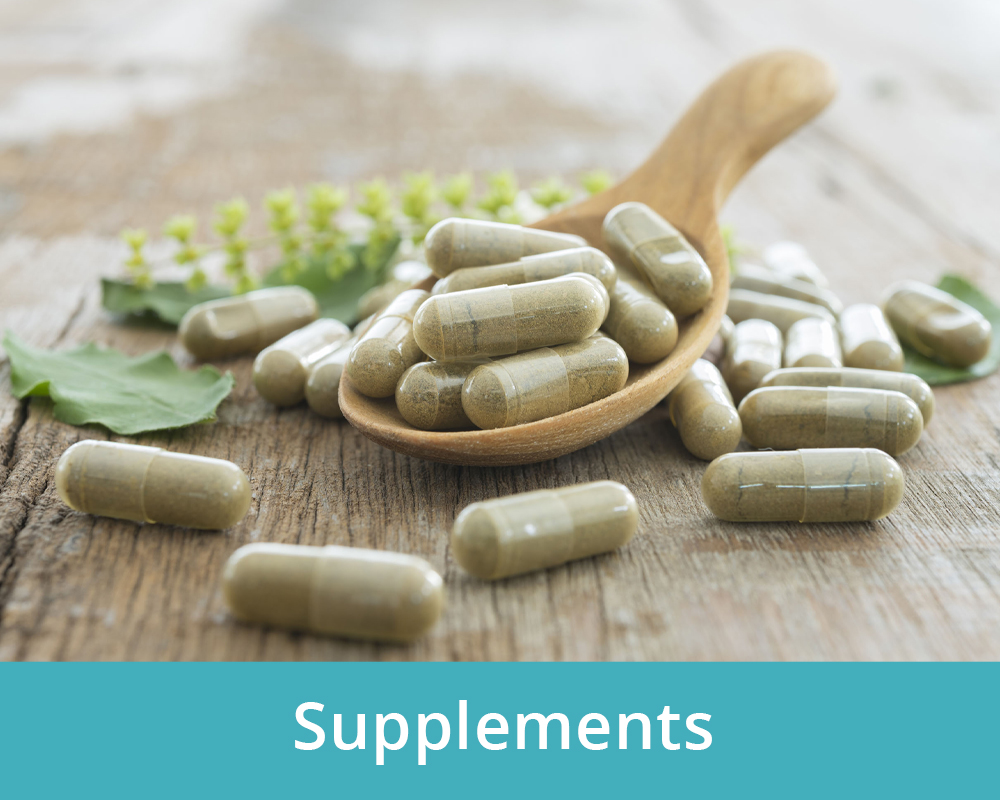
5 Weight Loss Hacks To Shed That Winter Weight Gain

Every year, weight loss is one of the top new year’s resolutions. But before you sign-up for that expensive gym membership, check out these 5 awesome weight loss hacks we’ve put together to help shed those winter lbs.
#1 DRINK LOTS OF WATER
Yeah, yeah – we all hear and know that we have to drink more water – but do we? And do we really know why drinking water is so important apart from everyone telling us to?
Our bodies are made up of 60-65% of water so we need water to help support our metabolism and all the various functions in the body. Water helps to metabolize fat as well as help you feel full. Often people mistake feeling hungry when, in fact, they are thirsty. So instead of grabbing a water bottle people will often grab food instead.
Research shows that drinking water before meals results in an average reduction of 75 calories per meal which can equate to a whopping 27,000 fewer calories per year. (WebMD). Ideally you want to minimize drinking during the meal as this can dilute your digestive juices and make it more taxing on your digestive system. Try our refreshing keto lemonade recipe loaded in electrolytes if you struggle to drink just plain water.
Just remember if you are thirsty, you are already 5% dehydrated and will be experiencing a 25-30% loss in energy! When fatigued this might leave you more inclined to look for something sweet to give you that energy burst, when really you need fluids. Mild dehydration can also cause your metabolism to slow down by 3%. So there are a number of reasons why drinking adequate amounts of water can help you feel and look your best.
Health Canada recommends that women should consume on average 2.7 liters per day and men 3.7 liters per day. But if you work out, go in a sauna, steam rooms, or in hot weather you may need more than this.
#2 INTERMITTENT FASTING
This has definitely been growing as a popular weight loss strategy and this is not surprising. There is no mess, no fancy recipes to follow, it helps to save money as you are missing meals and it has been proven to help successfully lose weight.
Intermittent fasting (IF) is not a diet but an eating pattern and involves restricting your eating window during the day. This can include a 4, 8, or 12 hour window to eat.
Intermittent fasting has been proven to help people lose weight for a number of reasons. Not only are you reducing calories by reducing the amount of opportunity to eat but, intermittent fasting has been shown to lower insulin levels and increase growth hormone levels, which assists with fat loss and muscle gain. It also increases the release of the fat burning hormone, norepinephrine (noradrenaline) and can increase your metabolic rate by 3.6–14% which means while you are sitting here reading this article you are burning more calories that what you would before.
People often experience less anxiety, depression, and feel happier than usual when doing IF. This might help people who struggle with emotional eating and over eating. For more information on intermittent fasting, go to our article.
#3 THERMOGENIC FOODS
Thermogenic foods are foods that can help increase metabolism and calorie burning. This is a process in which the body burns calories to utilize the foods you have just eaten. Each time you eat, the muscles in your gastrointestinal tract start working faster, your stomach starts to produce digestive juices and every nutrient requires a different amount of energy to be broken down and absorbed.
There are thermogenic foods and negative calorie foods – which means, that your body uses more energy to help digest the calories in food, resulting in a calorie deficit. Approximately 10% of calories are burned through diet-induced thermogenesis.
Scientists from University Hospitals Coventry and Warwickshire NHS Trust and the University of Warwick looked at the energy required to digest celery. Raw celery contains 53 calories, but it took 72 calories to digest the raw celery so it actually ran a calorie deficit.
Examples of thermogenic foods include: almonds, apples, berries, citrus fruits, cruciferous vegetables (broccoli, cabbage, cauliflower), cucumber, green leafy veggies, mushrooms, cinnamon, ginger, Turmeric, hot spices, coffee and hot peppers.
#4 GREEN TEA
Who knew that sipping on green tea can do wonders for your waistline! Research shows that habitual tea drinkers had an average of 19.6% less body fat, and had slimmer waists, than people who didn’t drink tea regularly. Most of these tea drinkers chose green tea (Journal of Obesity Research). Check out our delicious calming tea recipes.
The great thing about green tea is that it contains a flavonoid called EGCG, which helps burn fat and reduce diet-induced obesity and research shows that it also helps to keep the weight off afterwards (Obesity Research, June 2005). EGCG, can help inhibit an enzyme that breaks down the hormone norepinephrine (1). When this enzyme is inhibited, the amount of norepinephrine increases, promoting fat breakdown and weight loss (2).
Also, green tea contains L-theanine, a calming amino acid which can help decrease cortisol, a stress hormone linked with anxiety (12). Excess cortisol is responsible for that nice tire around our belly so managing cortisol can really help to slim down waistlines.
#5 HOT PEPPERS
Jalapenos contain a compound called capsaicin. Capsaicin can increase your body’s fat burning ability, which promotes weight loss. Jalapenos are found in salsa and research from Oxford University showed that salsa can stimulate the metabolism by 20-25%.
Salsa is a great alternative to ketchup for a number of reasons. Ketchup is heavily loaded in sugar. 2 tablespoons of Ketchup have 40 calories and 7.5 teaspoons of sugar, while 2 tablespoons of Salsa are less than 10 calories and 2 teaspoons of sugar. Add on the fat burning properties of the capsaicin in the salsa and you have a great weight loss condiment. Add salsa to your eggs, on burgers, as a dip or with your chicken.
TRY OUR FAT BURNING WEIGHT LOSS DRINK BELOW!
To get more bang for your buck try our weight loss virgin bloody mary which is loaded with fat burning properties. This is a great option when entertaining or out with friends, without feeling the pressure of drinking.
References
1. https://www.ncbi.nlm.nih.gov/pmc/articles/PMC4872453/
2. https://www.ncbi.nlm.nih.gov/books/NBK519049/
3. https://pubmed.ncbi.nlm.nih.gov/30274327/
4. https://pubmed.ncbi.nlm.nih.gov/24117885/
5. https://pubmed.ncbi.nlm.nih.gov/29539647/
6. https://pubmed.ncbi.nlm.nih.gov/24117885/
7. https://pubmed.ncbi.nlm.nih.gov/16546266/
8. https://pubmed.ncbi.nlm.nih.gov/30764679/
9. https://pubmed.ncbi.nlm.nih.gov/26691768/
10. https://pubmed.ncbi.nlm.nih.gov/29662448/
11. https://pubmed.ncbi.nlm.nih.gov/29695122/
12. Keservani RK, Sharma AK, Kesharwani RK. Medicinal Effect of Nutraceutical Fruits for the
Cognition and Brain Health. Scientifica (Cairo). 2016;2016:3109254. doi:10.1155/2016/3109254
13. Al-Dujaili E, Smail N. Pomegranate juice intake enhances salivary testosterone levels and
improves mood and well being in healthy men and women. Endocr Abstr. 2012;28:313.
14. https://www.ncbi.nlm.nih.gov/pubmed/16176615
15. https://www.ncbi.nlm.nih.gov/pubmed/17299107
16. https://www.ncbi.nlm.nih.gov/pubmed/1790619z
17. https://www.ncbi.nlm.nih.gov/pubmed/20372175
18. https://www.ncbi.nlm.nih.gov/pubmed/23979220
19. https://www.ncbi.nlm.nih.gov/pubmed/16321601
20. https://www.ncbi.nlm.nih.gov/pubmed/10584049









